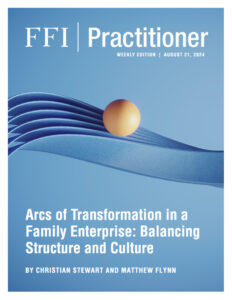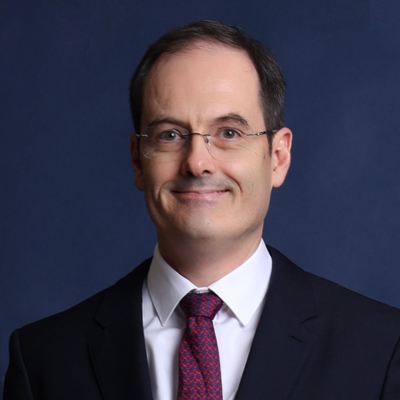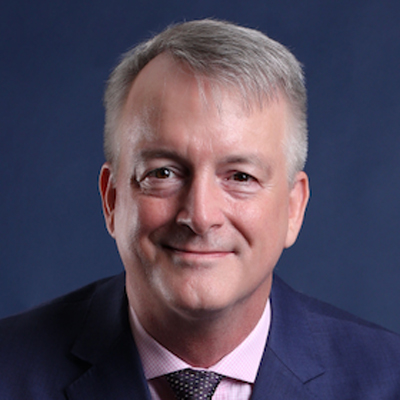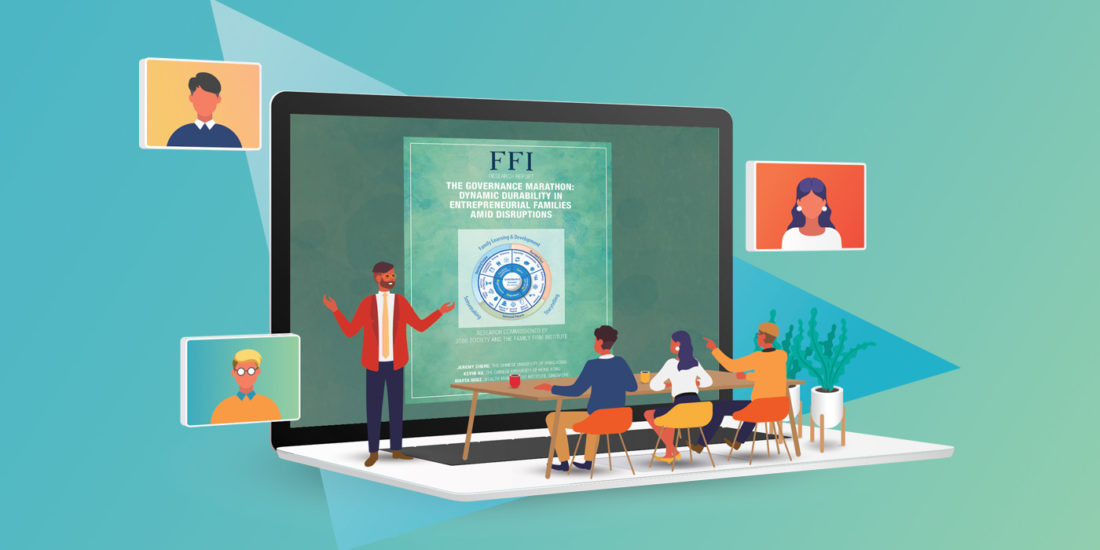
View this edition in our enhanced digital edition format with supporting visual insight and information.
Thank you to FFI Asian Circle Virtual Study Group member Christian Stewart, FFI Fellow, and co-author Matthew Flynn, ACFBA/ACFWA, for their article that explores how advisors can balance their work with family enterprises to address both the governance structures and the family culture. In addressing this topic, Christian and Matthew use the concept of an “arc of transformation,” which describes the process for family members to transform from default, stress-induced behaviors to the highest potential.
We had a scheduled call with members of the “Rising Generation” (“RG”) of a family enterprise we consult for in Hong Kong. This was part of an ongoing program on investment governance that had been initiated by their family office.
One member of the RG, Emily, was 20 minutes late for the call without a valid excuse. The group started without her at the scheduled time. There was a guest speaker for this call. We did our best to get Emily into the flow of the conversation after she joined.
After the call, Matthew (“Matt”), who has a coaching background, held a coaching session with Emily and introduced her to the distinction of “being in” integrity and respecting scheduled meetings. Matt also coached Emily to stand in the place of someone who is a responsible owner who sees themselves as a future director. “If you’re going to serve on the board in the future, being late like this would not be an acceptable behavior,” Matt said.
Arcs of Transformation
Working with family enterprises in Hong Kong, we see the potential for multiple “arcs of transformation” where the culture and systems shift from an “as is” or a “default,” to a newly created operating state. Such an arc of transformation could appear within the governance systems or in family interactions. We believe that families want to move from mediocre to good, from good to great, and from great to fantastic. They aspire to build themselves to be ready and resilient for the future.
The term “arc of transformation” comes from Susan Piver’s book The Buddhist Enneagram: Nine Paths to Warriorship.1 The Enneagram is a personality typology system agnostic to ethnic culture and religion. The Enneagram describes nine core types of personality and how each type reacts when a person is under stress and when not under stress. The Enneagram arc of transformation captures the journey for each of the nine types from their associated “passion” or “vice” to their associated virtue.
Piver’s book provides a detailed description of what each “transformed” Enneagram type looks like. When working with individual family members, these descriptions provide advisors with an image of each family member’s “highest future potential.” This image is meant to serve as a guide, not a restriction.
When working with a family enterprise client, there are desired results that can be attained, both in a business sense, e.g., transitioning portfolios and operating business through a family succession process, or in a personal sense, e.g., helping family members reach their aspirations and find fulfillment. In these engagements, it is important to ask: What is the experience of life the family members aspire to?
The recognition of desired results is the starting point of an arc of transformation. However, families have substantial diversity in their capacity and motivations. How do they strike the balance between having a common understanding and evolving to find the best in each person? One way to look at the family is through its unique family culture, which we define as the network of conversations within the system that can be both spoken and unspoken. Family culture also includes “unseen” blind spots boiling under the surface. How do consultants access these conversations and the operating systems of the family?
The arc of transformation for a family is both a journey of discovery—as changes are not instantaneous—and a co-created undertaking.
Balancing Structure and Culture
As consultants, it is critical to work on developing both the governance structure and the family culture.2 The two are interdependent. Working on structure provides an opportunity for coaching and introducing distinctions to the family members. A “distinction” enables one to see what could not previously be seen. The arc of transformation needs structure to support its evolution. Working on culture includes having high standards and expectations for family members as they participate in governance activities. Below please find five practices that advisors can integrate into their work with families on their structures and culture:
Five Practices for Structure Work
- Co-Design: The structures and processes that will form the basis for the family’s governance operating practices must be co-designed with the family.
- Emphasize the Context: We constantly emphasize the context of a particular meeting, discussion, or explanation. When we hold coaching meetings for the RG like Emily, it is useful to discuss the governance structure and the context, or the area that we are focusing on in the conversation.
- Distinguish between Voice and Vote: 3 Family members in leadership roles need to know how to listen to the voice of other family stakeholders before making decisions. We institutionalize this philosophy through a written “Table of Decision-Making Authorities” which, for each major decision in the governance system, specifies i) which forum or body has a voice in that decision, and ii) which forum, body, or role has the authority to make that decision (vote). Making this voice/vote distinction requires those with a voice to be responsible for how they exercise their voice.
- Hold Family Members to a Standard: Holding family members to a certain standard of responsibility when they participate in the enterprise is an important coaching role of a consultant. Such a standard may include the principle that if a family member wants to raise an issue, the professional approach is to make a proposal in writing. This practice is not about setting an expectation that all family members must operate at the level of an experienced non-family professional, but rather about holding individual family members to the values and standards of behavior that they personally aspire to.
- Provide Support: Consultants can provide family members with reminders to attend to their tasks and support to help them deliver on those tasks. This practice requires judgment to determine the line between providing support and doing the work for them. Providing needed support trains family members to meet this standard themselves.
Five Practices for Culture Work
- Carry Out Clearing Work: As consultants, we can get stressed and triggered when things don’t go as hoped. We are susceptible to running our own limiting stories in our heads before meetings or important interactions with the family. We often need to give each other a chance to vent and process our own emotions –to “get clear”–before we are ready to be present with the family members.
Once we have processed our reactions, we can have one-on-one calls with family members where we help them vent or “get clear” themselves. This way, they can remove some of their emotional charge before engaging with their siblings or parents. “Unloading” or complaining without an intention to “get clear” will keep the energy as it was or make it worse. “Clearing” or “venting” is a productive and healthy practice if it is intended to remove stress and frustration.
- Set Intentions: Prior to meetings or significant interactions with the family members, we reflect on the desired outcome(s), or the highest future potential for the family, the system, or the individuals involved, that might result from the interaction.
We make a commitment to support that highest potential. In part, this is guided by our belief of the importance of supporting the family members in meeting their fiduciary and/or governance duties to the family and the system. We also recall the family members’ highest aspirations and personal values. Discussing the family’s best possible outcomes before any engagement with the family allows us to imagine how things could be and, as a result, to set the intention to see such possibilities emerge.
- Examine Narratives: Our mental narratives, stories, and assessments of the family can create a limit to what we are able to co-create. As consultants, when we set our intention for a future that is yet to emerge, we start to pay attention to and look for new outcomes for the family. Thus, we need to continuously examine our story of what is possible.
- Introduce Distinctions: At the beginning of our client engagement process, we ask the family members to tell us their story of themselves and the family. This default story reveals how the family assumes certain roles in or plays the “game” of being this particular family; telling this story to themselves keeps the default future in place. Distinguishing the constraints of the story provides the opportunity for the family to step out of the old and consciously create a new narrative and future.
- Stand for What is Emerging: Finally, as consultants, we create a “clearing” or space for the higher potential for the family or individuals to emerge.4 Doing so includes being willing to observe behavior and conversations, and without making family members wrong or being triggered ourselves, being able to notice when what we are observing may not be the family’s highest potential or behaviors the family has agreed to uphold.
Conclusion
In the case of Emily, who is pursuing her own career as a doctor, understanding that she can still contribute to the family enterprise as a responsible engaged owner has been liberating for her. She can play a part in the business without having to aspire to a management role. We have also seen that when the current generation is willing to do deeper inner work on themselves, their example can have a huge positive impact on the collective view of the RG towards the family, catalyzing an arc of transformation in the family culture.
Finally, we recognize that as consultants, we are responsible for our own narratives and assessments, for managing ourselves emotionally, for doing our own clearing work, and for what we observe and pay attention to. Our own inner state impacts the network of conversations that occur in the system.
References
1 Piver, Susan. The Buddhist Enneagram: Nine Paths to Warriorship. Somerville, MA: Lionheart Press, 2022.
2 Wesley, Matt. “Hidden Gem #3 – The Blob: How Culture Eats Structure For Breakfast.” The James E. Hughes, Jr. Foundation. Accessed July 13, 2024. https://jehjf.org/the-blob-how-culture-eats-structure-for-breakfast/
3 We credit this distinction to Dennis Jaffe.
4 Compare the Theory U and Generative Dialogue processes of Otto Scharmer.
About the Contributors

Christian Stewart, FFI Fellow, is an independent family advisor in Hong Kong and recipient of the 2021 Interdisciplinary Award. He assists Asian family enterprises with family governance, family business succession, the intersection between family trusts and family firm governance, learning and development. He also acts as an outsourced chief learning officer and currently serves on a beneficiary relations committee. Christian can be reached at cstewart@familylegacyasia.com.

Matthew Flynn, ACFBA/ACFWA, is Director of GCP Asia Limited. Matt is a governance advisor, coach, project leader, and organizational systems specialist working for a range of Asian family office clients. In addition to work in the domains of governance, family, investment, and business operations, Matt has expertise in the engineering and maritime fields. His work with family offices is structured to achieve a long-term shift in culture, performance, interpersonal affinity and learning. Matthew can be reached at matthewflynn@gcp.asia.

View this edition in our enhanced digital edition format with supporting visual insight and information.





